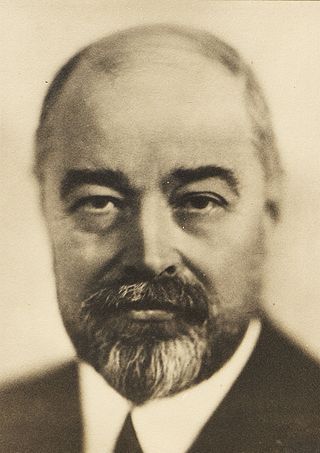
Paul Bigot was a French architect.

Angiolo Mazzoni was a state architect and engineer of the Italian Fascist government of the 1920s and 1930s.

Alessandro Vittoria (1525–1608) was an Italian Mannerist sculptor of the Venetian school, "one of the main representatives of the Venetian classical style" and rivalling Giambologna as the foremost sculptors of the late 16th century in Italy, producing works such as Annunciation.

Camillo Boito was an Italian architect and engineer, and a noted art critic, art historian and novelist.

Sir Keppel Archibald Cameron Creswell was an English architectural historian who wrote some of the seminal works on Islamic architecture in Egypt.

In architecture, Rationalism is an architectural current which mostly developed from Italy in the 1920s and 1930s. Vitruvius had claimed in his work De architectura that architecture is a science that can be comprehended rationally. The formulation was taken up and further developed in the architectural treatises of the Renaissance. Eighteenth-century progressive art theory opposed the Baroque use of illusionism with the classic beauty of truth and reason.

Giuseppe Alberti was an Italian painter of the Baroque period. He was born at Cavalese, in what was then Austrian Tyrol. After having studied medicine at Padua he decided to become a painter and architect. He worked under Pietro Liberi in Venice, then in Rome, and finally settled at Trieste. Alberti died at Cavalese.

Marcello Piacentini was an Italian urban theorist and one of the main proponents of Italian Fascist architecture.

Luca Beltrami was an Italian architect and architectural historian, known particularly for restoration projects.

The Ateneo Veneto di Scienze, Lettere ed Arti is an institution for the promulgation of science, literature, art and culture in all forms, in the exclusive interest of promoting social solidarity, located in Venice, northern Italy. The Ateneo Veneto is made up of 300 members resident in the city and in the province of Venice, elected by the Assembly, which is also responsible for appointing the Chairman and the Academic Council. Honorary, Non-Resident and Foreign Members, elected by the Assembly also participate in the life of the Ateneo.

Cesare Brandi was an art critic and historian, specialist in conservation-restoration theory.
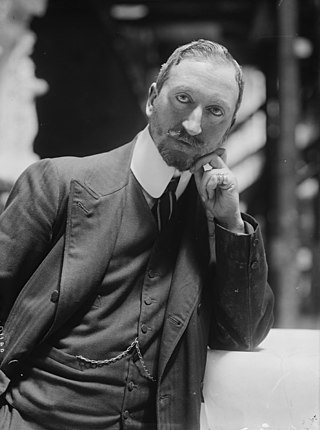
Manfredo Manfredi was an Italian architect.
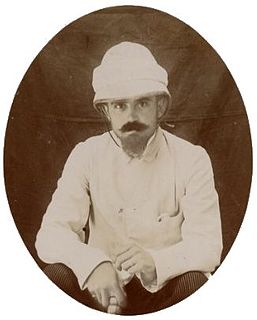
Photographic archive Gerola is preserved by the Istituto Veneto di Scienze, Lettere ed Arti at Palazzo Loredan in Venice.
Save Venice Inc. is a U.S. non-profit organization dedicated to the conservation of art and architecture and the preservation of cultural heritage sites in Venice, Italy. Headquartered in New York City, it has an office in Venice, a chapter in Boston, and supporters across the United States and Europe.

Brenno Del Giudice was an Italian rower who became a prominent architect.

Armando Brasini was a prominent Italian architect and urban designer of the early twentieth century and exemplar of Fascist architecture. His work is notable for its eclectic and visionary style inspired by Ancient Roman architecture, Italian Baroque architecture and Giovanni Battista Piranesi.
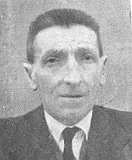
Roberto Cessi was an Italian historian and politician, specializing in Venetian history.
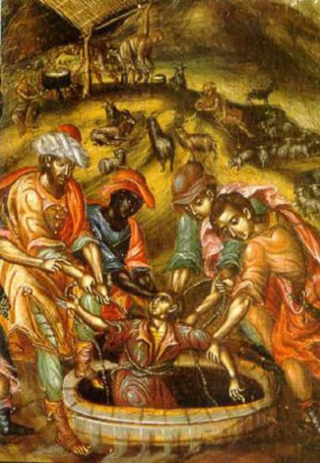
Neilos, also known as Neilos Kokolitza was a Greek painter, monk, and archbishop. He was the Archbishop of Kea and Thira. He was a prominent member of the Cretan School. His contemporaries at the time were Ieremias Palladas, and Theocharis Silvestros. He influenced the works of countless Greek and Italian artists. He is one of few Greek painters who had a high rank within the church. Another hi ranking Greek painter was Archpresbyter Andreas Karantinos. Several of his works have survived and they can be found in the museum of Gonia Monastery. His most popular work is The Story of Joseph.

The Basilica of Saint Mark, also known as Hagios Marcos, is a former Roman Catholic church in the center of the city of Heraklion, Crete, in the Eleftherios Venizelos square. It was built during the Venetian rule of the island, in 1239, primarily used by the local lords and officials of the island. After the Ottoman conquest of Crete in 1669, it was converted into a mosque with the name Defterdar Ahmet Pasha Mosque, and remained so until 1915. The building was restored after 1956 and ever since functions as a public art gallery. It is one of the few Roman Catholic churches still standing in Cretan cities and towns. Architecturally-wise it is a three-aisled basilica church with an elevated central nave. It has a portico in its entrance in the western façade.


















